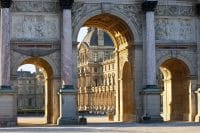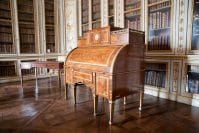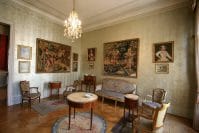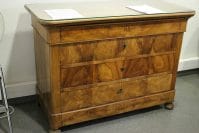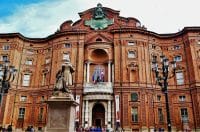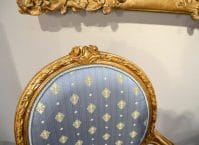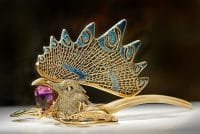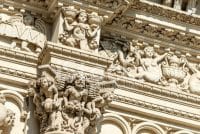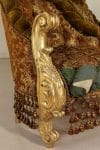Life and works of Giò Ponti, the visionary artist
Giò Ponti he is one of the artists who has the most dominated the Italian post-war period, acting as a spokesperson for important innovations in the world of design and architecture.
Eclectic, visionary and capable of surprising with ever-changing styles, it is also absolute promoter of modernity and the contribution that machines can give to the development of a new design idea.
Let's discover the fundamental passages of his life and analyze his most famous and important works.
Giò Ponti, biography
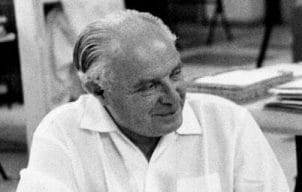
Giovanni Ponti, known as Giò, was born in Milan on 18 November 1891 and after graduating from classical high school he decided to enroll in the Faculty of Architecture of the Polytechnic of Milan.
The outbreak of the First World War, however, prevented him from graduating regularly and Ponti enlisted, participating on the front line of the conflict.
In the field he won numerous awards and when he returned to his studies he began to take an interest in the Milanese neoclassical group.
In 1921 he obtained his degree and marries Giulia Vimercati, noble descendant of an ancient and renowned Brianza family with whom he has four children.
He approaches the ceramic manufacturing sector and his innovative porcelains and majolica are exhibited at the First International Exhibition of Decorative Arts in Monza, where knows Ugo Ojetti, an important mentor for his training.
A few years later he opened his own in Milan first studio together with architects Emilio Lancia and Mino Fiocchi and little by little what can be defined as comes to life Pontian language.
in 1928 he founded the architecture magazine Domus, with which he was able to spread new conceptual ideas, and in the following years he participated in numerous editions of the Milan Triennale.
Collaborates with Luigi Fontana and created important buildings together with Antonio Fornaroli and Eugenio Soncini.
He becomes a professor at the Polytechnic of Milan and in the 40s he distanced himself from official public commissions to rediscover a renewed interest in the decorative arts.
In 1952 The Ponti, Fornaroli, Rosselli studio was born and the architect outlines the theory of the finished form.
In the following decades he continued to design and create important works and in the sixties he completed numerous buildings in the East.
Giò Ponti passed away in Milan on 16 September 1979.
Works by Giò Ponti: masterpieces of architecture and design
Giò Ponti has ranged in different artistic fields leaving his mark in numerous very different works.
In addition to architecture and design, on which he concentrated most, he also experimented in the art of ceramic, in the field of theatrical scenography and in fabric decoration.
Its distinctive feature is the search for a modernity that goes well with traditional canons, giving life to a style that can best express and enhance the Italian identity.
Architecture: revolutionary works that exalt progress
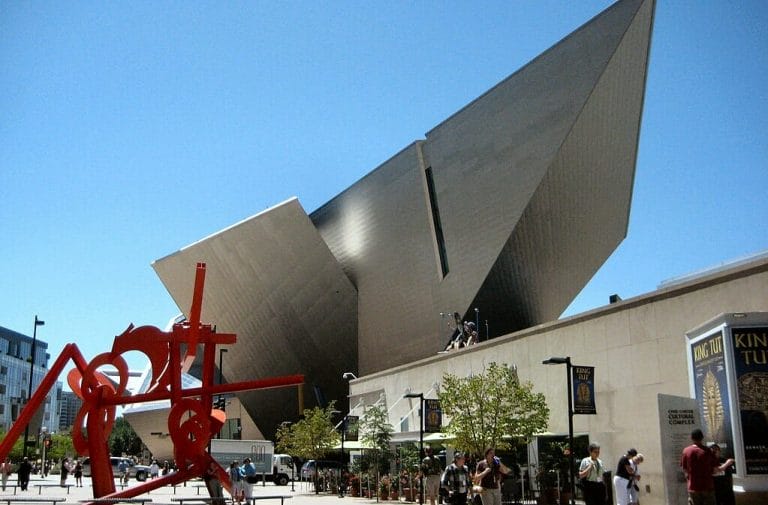
In the field of architecture, Giò Ponti's most famous and revolutionary works are:
- Villa Planchart: villa built in Caracas, Venezuela, between 1953 and 1957. The work was commissioned by the Planchart couple and involved Giò Ponti as architect, interior designer and decorator. The result is a Pontian masterpiece that plays with spaces and differences in level, reducing walls to a minimum and creating suggestive corners with spectacular views of the breathtaking landscapes.
- Pirelli skyscraper: building located in Milan and headquarters of the Lombardy Regional Council. It was built between 1956 and 1960 and immediately became a symbol of progress capable of representing Italian modernity in the world. 127 meters high and structured on 32 floors, it cuts through the sky with extreme lightness, more reminiscent of a new design object than a normal building.
- Denver Art Museum: art museum located in Denver, Colorado. The building, completed in 1971, has an austere air and a highly contemporary appearance that plays with verticality and lights thanks to numerous openings and strategic slits.
- Great Mother of God Co-Cathedral: cathedral inaugurated in 1970 in the Borgo Nuovo of the city of Taranto. During the planning the objective was to create a welcoming, large and bright church and Ponti in fact created a majestic and evocative façade characterized by large openings.
Design: iconic and timeless objects
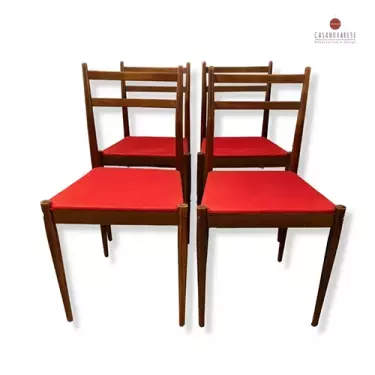
Giò Ponti, in his career, has created countless design products that have rightfully entered the history of Italian art.
Among the most important we remember:
- Superleggera chair: chair designed between 1949 and 1957 and today considered one of the most emblematic objects of Ponti's production. It is one of the most important examples of twentieth century industrial design and is an incredibly resistant chair despite being, as the name suggests, very light.
- Pendant lamp 0024: cylindrical lamp created in 1931 on behalf of Luigi Fontana, with whom Ponti would later create the artistic partnership Fontana Arte. It is composed of horizontal disks in transparent tempered glass separated from each other by empty spaces, with a glass cylinder in the center containing the light source.
- Wall bookcase D.357.1: wall bookcase designed between 1956 and 1957 for the house in which Ponti himself lived in Milan in via Dezza. Produced by Molteni, it is an object designed to reorganize spaces with modernity.
- Richard-Ginori ceramics: ceramics and porcelains designed by Ponti between 1923 and 1930 for Richard-Ginori, of which he was artistic director. These are vases, plates and small decorative objects that modernize classic production with creativity and originality.
- Gabriela armchair: armchair with a characteristic inclined shape created in 1972. It has a chromed steel structure and the padding covered in vinyl leather.
Images
https://commons.wikimedia.org/wiki/File:Denver_Art_Museum_2_(cropped).jpg
User: (WT-shared) Jtesla16 at wts wikivoyage, CC BY-SA 3.0 https://creativecommons.org/licenses/by-sa/3.0, via Wikimedia Commons
https://commons.wikimedia.org/wiki/File:Gio_Ponti_1950s3.jpg
Unknown (Mondadori Publishers), Public domain, via Wikimedia Commons

